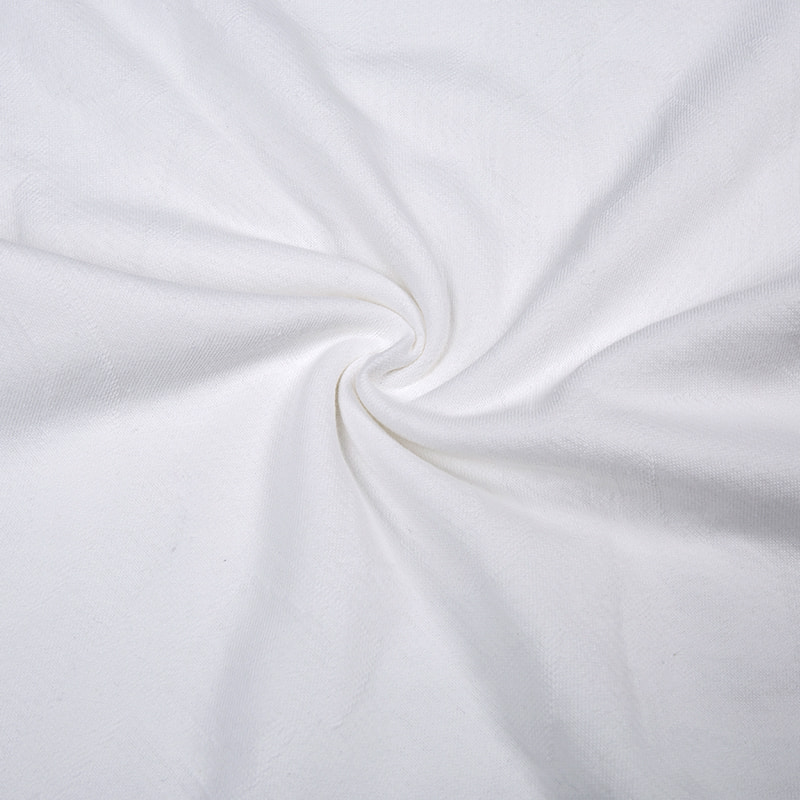
Polar fleece has undergone significant advancements since its introduction in the late 20th century, driven by innovations in textile technology and a growing demand for high-performance fabrics. These developments focus on improving insulation, moisture management, durability, and environmental sustainability, making polar fleece a staple in outdoor gear and casual wear alike.
Hydrophobic Treatments
One of the most crucial technologies applied to polar fleece is hydrophobic treatment. This process involves coating the fibers with a water-repellent finish, which enhances the fabric's ability to wick moisture away from the skin. The hydrophobic surface prevents water from saturating the fabric, allowing sweat to evaporate quickly. This is particularly beneficial for active users who engage in high-intensity activities, as it helps regulate body temperature and keeps wearers dry.
Advanced Fiber Technology
The incorporation of microfibers is another game-changer in polar fleece production. Microfibers are exceptionally fine synthetic fibers, often thinner than a strand of silk. When woven into polar fleece, these fibers create a denser structure that traps more air, significantly improving insulation while keeping the fabric lightweight. This structure not only enhances warmth but also boosts breathability, allowing moisture to escape more efficiently. The result is a fabric that provides excellent thermal performance without the bulk, making it ideal for layering in cold weather.
Anti-Pilling Treatments
Pilling is a common issue with many fleece fabrics, where small balls of fiber form on the surface due to friction. To combat this, manufacturers have developed anti-pilling treatments. These treatments either strengthen the fibers themselves or alter the manufacturing process to reduce friction points. As a result, garments maintain their soft, smooth appearance over time, enhancing their aesthetic appeal and longevity. This durability is particularly important for outdoor gear, where the fabric is often subjected to rugged conditions.

Sustainable Innovations
In response to growing environmental concerns, many brands are now producing polar fleece from recycled materials, particularly post-consumer plastic bottles. This process involves cleaning, shredding, and re-spinning plastic into high-quality polyester fibers. The use of recycled materials not only reduces waste but also lowers the energy and water consumption associated with producing virgin fibers. Advanced recycling technologies ensure that these recycled fibers retain the desirable properties of traditional fleece, such as warmth and softness, while contributing to a more sustainable textile industry.
Thermal Regulation Technologies
Some polar fleece fabrics incorporate thermal regulation technologies that enhance their performance in varying conditions. These technologies may involve phase change materials (PCMs), which absorb, store, and release heat based on temperature changes. By integrating PCMs into polar fleece, manufacturers create a fabric that actively regulates body temperature, keeping wearers comfortable during fluctuating activity levels or temperature changes.
Color and Dyeing Innovations
The dyeing process used for polar fleece can also impact its performance. Traditional dyeing methods can reduce the fabric's thermal efficiency, as they may alter the structure of the fibers. New dyeing technologies, such as waterless dyeing or dyeing with lower temperatures, minimize these effects and reduce water usage. Additionally, innovative dyeing techniques can enhance the fabric’s UV resistance, providing extra protection for outdoor enthusiasts.


 English
English 中文简体
中文简体










